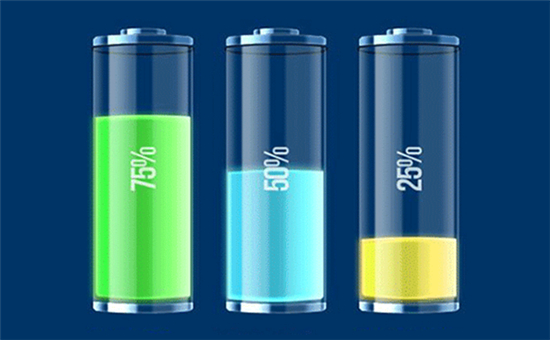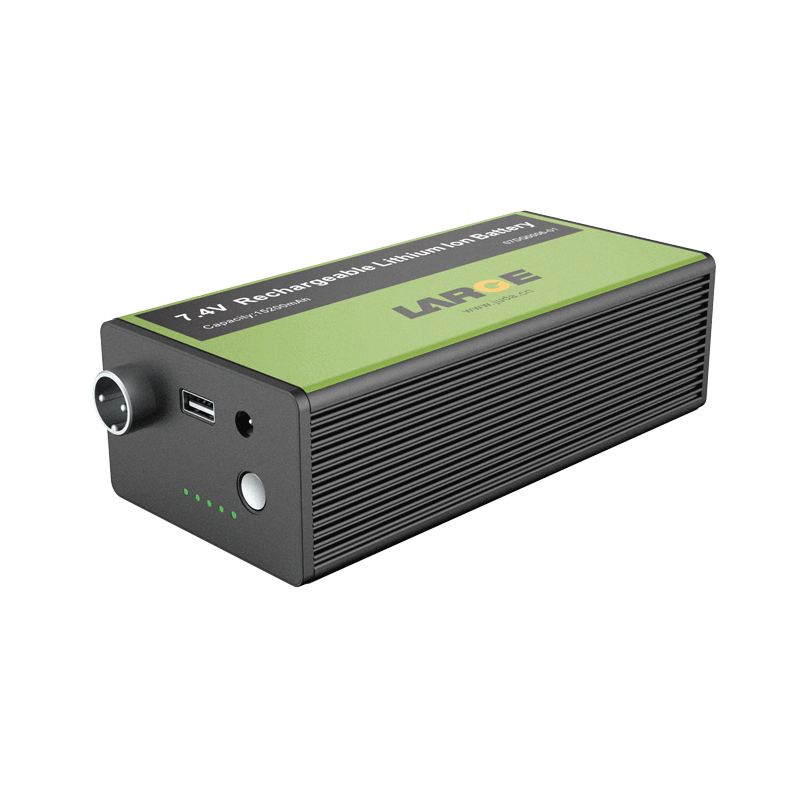Lithium-ion battery structure
Jun 19, 2019 Pageview:1575
Li ion battery structure
Before lithium-ion battery became available, batteries for portable devices included nickel-cadmium batteries. Research on the use of lithium for batteries for portable devices encountered some hindrances. The features that made lithium an excellent choice for batteries include its light weight as well as high energy density. Although the unstable nature of lithium reduced the pace of progression of research on lithium batteries, in 1991, the first commercial forms of lithium-ion batteries became available. The first commercial form of lithium-ion batteries was introduced by Sony. A lot of other manufacturers have followed suit in the pursuit of sustainable sources of energy. Today, lithium-ion batteries are behind the portability of a lot of equipment and appliances. These batteries are especially behind the ability of manufacturers of appliances to introduce portable versions of most devices.
What is the structure of li ion batteries?
Lithium-ion batteries are made up of certain components behind the storage and transfer of electrical energy. These components include the separator, the cathode, the electrolyte and the anode.
The cathode is the part of the battery that holds the active material. The active material is the substance behind the chemical reactions that takes place within the battery. This substance is supposed to be lithium but its unstable state limits the use of lithium as an element within the cathode. Thus, the active material of lithium-ion batteries include compounds such as lithium oxide.
Within the cathode of lithium-ion batteries, apart from the active material, there are other components. These components include a binder as well as a conductive material. The conductive material enhances conductivity, while the binder promotes the proper alignment of all components within the cathode.
Lithium-ion batteries have anode components where the lithium ions are stored while the battery is being charged. The connection between the anode and cathode allows for the flow of electrons which contributes to the generation of energy.
Materials used as anode within a lithium-ion battery include graphite. Graphite is applied because of qualities which include the stable environment it provides for the lithium ions as well as the low electrochemical reactivity.
Electrolytes of lithium-ion batteries are the components of these batteries that allow the movement of the lithium ions in generating electricity. Materials used as electrolytes thus include solvents and salts.
Separators are components of lithium-ion batteries that contribute to their safety. These components ensure the proper flow of ions to ensure the safety and proper functioning of the battery.
How does li ion battery work?
The components of a lithium-ion battery work in synergy to drive its actions. A lithium-ion battery works essentially as a result of the flow of ions and electrons, the ions in this case being lithium ions. When the battery is being charged, the ions leave the cathode and go to the anode where they stay for the duration of time the battery is being charged. When the battery begins to discharge, the flow of ions is reversed, in this case from the cathode to the anode. The ions move through the electrolyte, while the electrons move through an external circuit. There is no established interaction between ions and electrons as they move with a lithium-ion battery. There is however, an inverse relationship between the direction of flow of ions and electrons. If ions are moving in a certain direction, electrons move in the order direction, both moving within the specified compartments.
Movement of electrons and ions are related in that electrons cannot flow if ions are not flowing. The direction of movement of ions and electrons during the charging period is opposite the direction of flow of ions and electrons during the discharging period. During the charging period, the direction of movement of the lithium ions is from the cathode to the anode. The electrons move in the opposite direction. The movement of the ions and electrons continues until the battery is full charged.
When the battery discharges, the ions that moved from the cathode to the anode during the charging period move back to the cathode. This movement, just like during charging continues until the battery is fully discharged.
How to protect li ion battery structure
Safety concerns have been raised about lithium-ion batteries. Research has also shown that manufacturers of lithium-ion batteries, over time, have recalled batches of batteries over safety breaches that were discovered.
Although lithium-ion batteries are known for their large discharge cycle, protective measures are necessary of maintaining the structure of these batteries. The applicable protective measures include those that are all-in-one approaches for ensuring the protection of the large number of cells within the battery. Lithium-ion batteries have a large number of cells, and the protective measures must be aimed at all the cells.
Manufacturers of lithium-ion batteries integrate elements that monitor the parameters of the batteries as well as prevent damage to the cells. Components of protective features integrated in the design of lithium-ion batteries include signal isolation components and the voltage and current measurement components. The components are aimed at several purposes include monitoring the discharge and charge level of battery packs.
Short circuit protection is a very essential form of protection for lithium-ion batteries. Overcurrent protection features are also incorporated into lithium-ion batteries by manufacturers as measures of ensuring the protection of the cells of lithium-ion batteries.
Even with the existing concerns as regards lithium-ion batteries, it is important to point out that lithium-ion batteries are still generally safe as manufacturers are continuously exploring means of adjusting the properties of the batteries towards maximum safety.
Currently, manufacturers of lithium-ion batteries have achieved a lot of progress in the design of safety measures along three approaches. These approaches include limiting the active material of the battery as well as incorporation of a variety of safety measures including those stated above. Manufacturers of lithium-ion batteries have also focused on the inclusion of a battery protection circuit as one of the key components of batteries towards achieving maximum safety. The safety of lithium-ion batteries is an area of research that is bound to receive a lot of attention as there is room for application of lithium-ion batteries on a larger scale.
- Prev Article: Lithium gel battery introduction
- Next Article: How Is Lithium Used In Batteries?
Leave Message
Hottest Categories
-
Hottest Industry News
-
Latest Industry News













